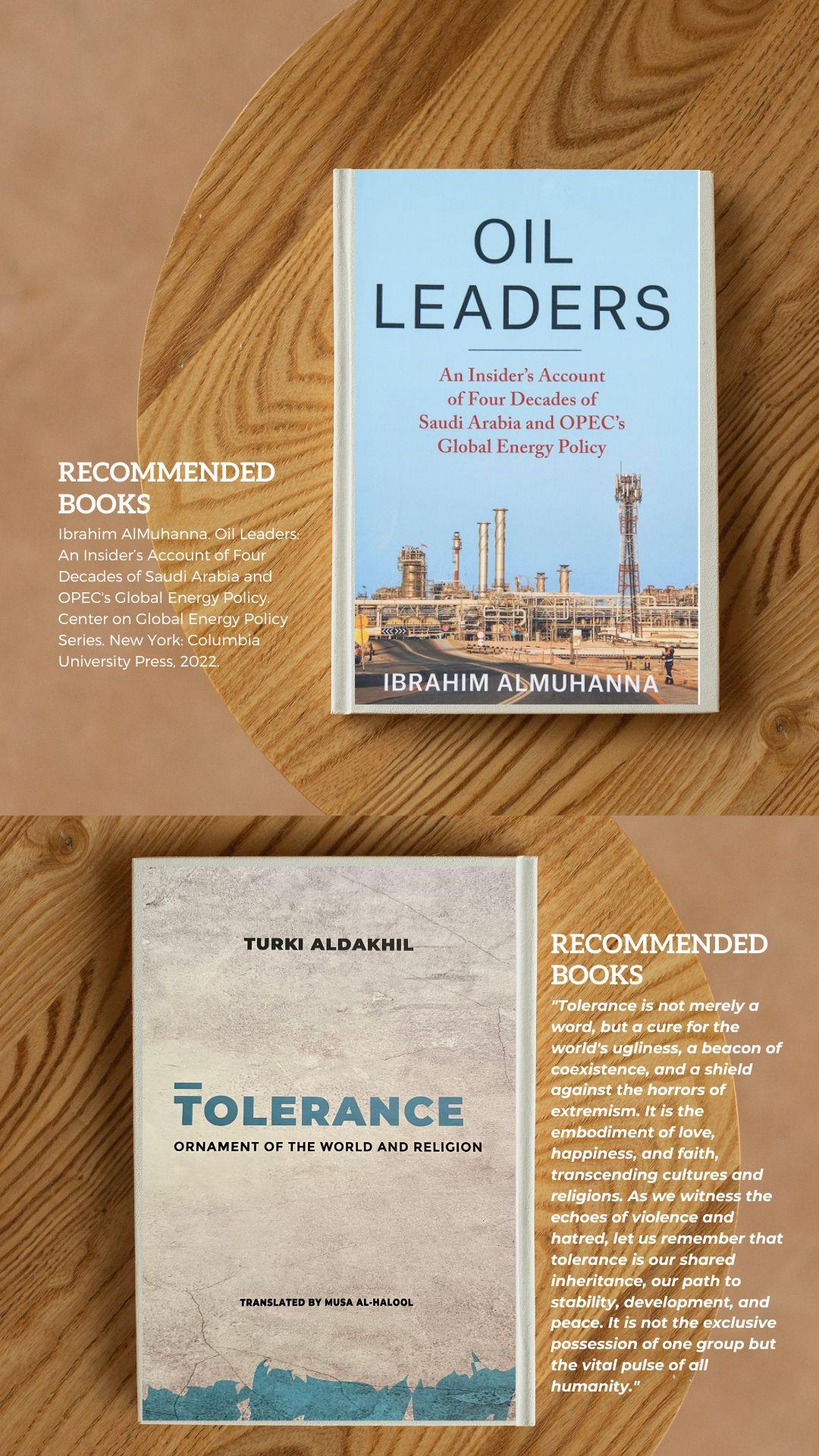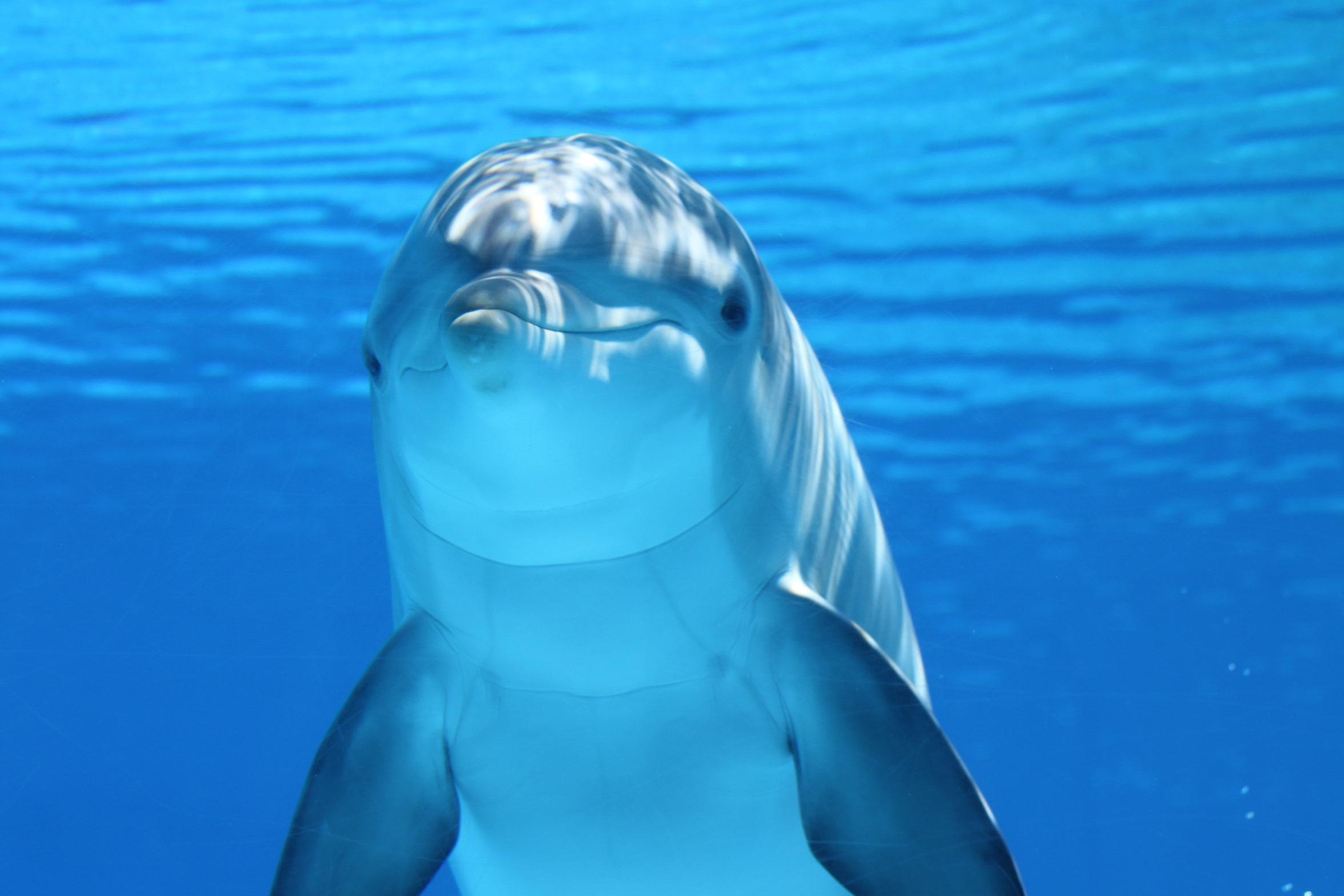
5 minute read
THE ILLUMINATION OF JOURNALISM: THE VOICES OF CHANGE AND THE SAUDI MASTERS OF THE PEN
PIONEERS OF INFLUENCE: NAVIGATING POLITICS, MEDIA, AND SOCIETY
BY REBECA RIOFRIO PARLIAMENTARY SOCIETY PRESS OFFICE
Advertisement
From the cradle of civilisation, where the Acta Diurna heralded the birth of news in 59 BCE in Rome, to the clinking noise of the Gutenberg printing press that once rang through the workshops of Germany and Antwerp, the quill of journalism has penned a magni 1702, as it laid the ink of modernity on the very fabric of society.
The journalism we celebrate today has evolved into a symphony of voices. Its manifestations stretch far and wide, encompassing the television, radio, internet, and of course, the newspapers and magazines that continue to echo the thoughts and opinions of humanity.
Through the annals of history, journalism has become the 'vox populi', translating the whispers of the masses into a resonant and harmonious cry. It is an art form that enables governments to kneel and listen, societies to re grow, and individuals to connect across borders and ideologies.
Having resided in the United Kingdom for over 28 years, I have been privy to the various shades and nuances of public opinion, particularly concerning the Middle East. The media landscape often painted a bleak picture, yet an insider's circle of international journalists has graciously shared their wisdom and rekindled a hope for a more uni world.
Allow me to introduce you to three luminous minds from the Saudi Arabian journalism become the beacon of a new narrative.
Turki Aldakhil
A diplomat, journalist, and in mogul, Turki Aldakhil's expansive career has touched upon myriad aspects of the media industry. Starting his journey in journalism in 1989, he emerged as a media specialist and

DR. IBRAHIM AL-MUHANNA
An academic, advisor, and renowned energy expert, Dr. Ibrahim Al-Muhanna's career spans more than 35 years in public service and ministries, having advised four different Ministers of Energy in Saudi Arabia.
Academic Excellence: His tenure as a professor at King Saud University allowed him to impart wisdom on a range of subjects including energy, economics, politics, and communication, thereby shaping the minds of the next generation of scholars.
International Collaboration: Dr. Al-Muhanna's active participation in international forums such as OPEC, G20, and the World Economic Forum underscores his influence in forming energy policies. His roles in initiating dialogues between oil producers and consumers, and the founding of KAPSARC, highlight his commitment to bolstering international cooperation.
Literary Contributions: Dr. Al-Muhanna is a well-respected writer of various books and studies in both English and Arabic, focusing on

BENEATH THE SURFACE: NAVIGATING THE UNCHARTED TERRITORIES OF THE EARTH'S OCEANS WHY DOES MORE THAN 80% OF THE OCEAN REMAINS UNEXPLORED?

Exploring the Abyss: Unveiling the Enigmatic Depths of Earth's Oceans

In an age where we've glimpsed the far reaches of the cosmos and the intricate landscapes of alien planets, there remains an expanse that is both fascinating and enigmatic – a realm hidden beneath the waves, covering over 80% of our planet's surface. As we strive to unlock the secrets of our oceans, we unveil a captivating narrative that delves into the profound mysteries of this aquatic frontier.
In the Shadows of the Abyss
Venturing into the depths of the ocean presents an aweinspiring challenge. The ocean's abyssal depths offer little visibility, with temperatures plunging to icy extremes and colossal pressures that defy comprehension. Dr. Gene Carl Feldman, a distinguished oceanographer at NASA's Goddard Space Flight Center, aptly points out that navigating these uncharted waters is more intricate than sending explorers into space.
The pressure exerted at sea level is a modest 15 pounds per square inch, akin to a gentle embrace. Contrastingly, the oceanic abyss, such as the Mariana Trench, subjects intrepid explorers to a colossal pressure increase, akin to the crushing weight of a fleet of jumbo jets. It's a realm where human endurance is tested to the limits, inspiring comparisons to the boundless cosmos beyond our planet.
Exploration from Above and Below
In our quest to fathom the depths, technology emerges as both a tool and a bridge to understanding. Dr. Feldman unveils the marvels of satellite technology, a mode of exploration as crucial to our understanding of the oceans as it is to our grasp of space. Satellites, like sentinels from the heavens, capture the ocean's essence by recording its vivid hues, thus revealing the vibrant world of phytoplankton—a life form vital to Earth's ecosystems.
The marriage of space and sea, though effective, remains a testament to the sea's resilience and complexity. As much as satellites bring us closer to unlocking the ocean's mysteries, they remain an extension of human curiosity, urging us to venture beyond the confines of our terrestrial sphere.
Bearing Witness to the Unseen
Oceanic exploration transcends mere science; it becomes a poignant journey that unveils hidden wonders and underscores our intimate connection to the natural world. Filmmaker and ocean advocate James Cameron aptly encapsulates this sentiment, describing the act of bearing witness to the ocean's splendors as a profound experience that engages the senses and kindles our collective imagination.
Oceana, a vanguard in ocean exploration, deploys a fleet of advanced technologies to chart uncharted waters. These expeditions, much like Cameron's historic descent to the Mariana Trench, illuminate the unseen corners of the deep. A testament to their significance, these missions have led to the discovery of thriving coral reefs, uncharted uenced the establishment of marine protected areas.



Navigating the Unknown
Yet, the path to enlightenment is seldom straightforward. The ocean's depths, vast and unknowable, harbor challenges that cast shadows over exploration efforts. Ricardo Aguilar, leading Oceana's European expeditions, reveals that the maps and data we rely on remain scarce, leaving vast stretches of ocean a blank canvas for
Herein lies the conundrum: To protect, we must know, yet to know, we must explore. The delicate balance between embracing the unknown and mitigating risk is a delicate c endeavors must navigate. While uncertainty may temper enthusiasm, science thrives on questions rather than answers—an assertion underlined by Dr. Feldman, who asserts that the essence of science is to challenge the
Amidst the grand tapestry of oceanic exploration, a pressing call emerges: the imperative to safeguard our oceans' wonders. Oceana's efforts to protect nearly 4 million square miles of ocean underscore cance of exploration in conservation. Expeditions serve as a clarion call, yielding visual evidence, irrefutable data, and compelling narratives that form the foundation for advocating new marine
As we set our sights on the ambitious goal of safeguarding 30% of our oceans by 2030, known as 30x30, we're poised to balance the scales between human impact and oceanic resilience. In a realm where understanding is a work in progress, the case for marine protected areas is built on precaution and wisdom. Protecting enigmatic ecosystems isn't merely a duty; it's a testament to the humility that accompanies our journey to understand and safeguard Earth's most elusive realm.
As we venture forth, embracing the spirit of exploration and advocacy, we unveil a mosaic of life, beauty, and fragility. Our oceans, uncharted and unfathomable, remain a symphony of mysteries, inviting us to be both spectators and guardians, to listen to their secrets and answer their silent call for preservation. In the heart of this aquatic odyssey lies a solemn truth: our









